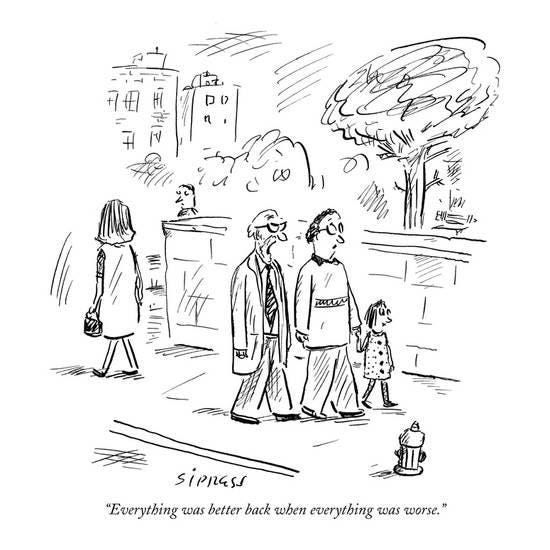I remember simpler times.
I remember a time when I woke up every morning and didn’t immediately know what time it was. Sometimes, I looked at the clock on my nightstand. Sometimes, I didn’t. I just…woke up. That was my task for the first few minutes of the day. Wake up. Realize that it’s another day. Another day that would be good or bad, long or short, slow or fast, but another day that would be, above all, full of life. Not devices and tools and to-dos. Life.
Read More











